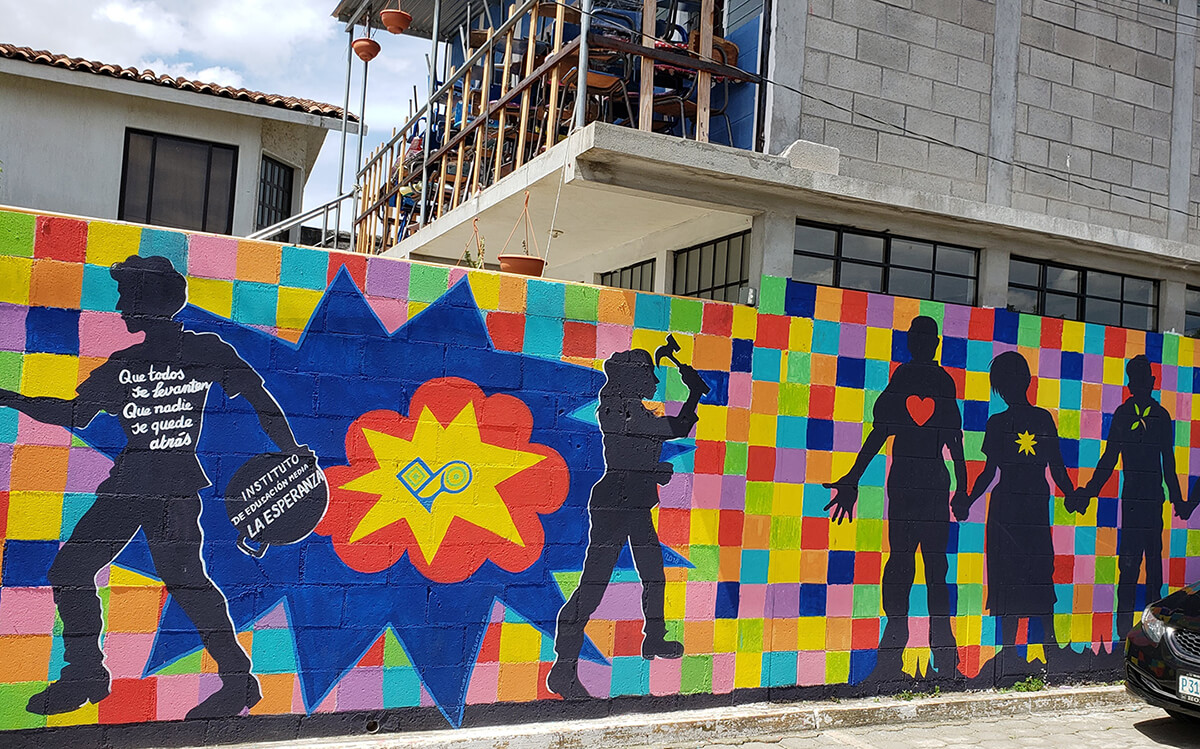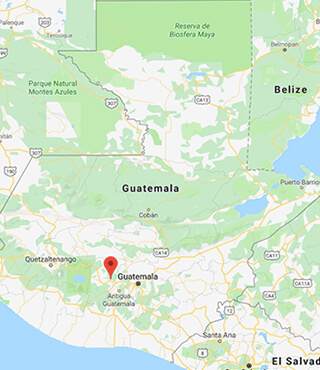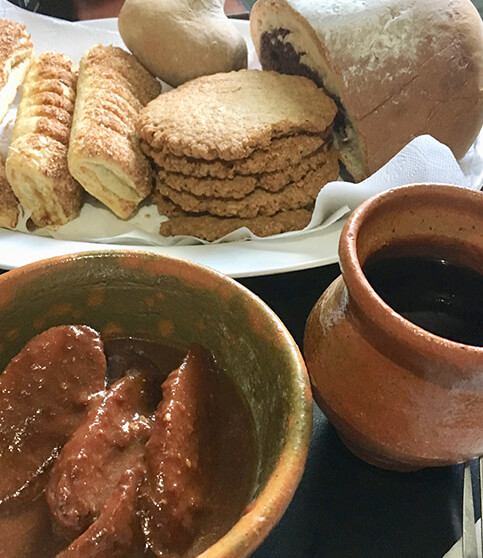“Que Nadie Se Quede Atrás”
(No One Will Be Left Behind)
The following update was written by Christina Bruce, GoPhilanthropic Foundation’s Guatemala Program Manager, who traveled to visit partner organizations in May 2019 and left feeling incredibly inspired by all that she witnessed. As you follow along on her journey, you will come to know GoPhil’s newest partner program in Chimaltenango, Guatemala, Comunidad La Esperanza, and hear from their dedicated teachers and resilient students.
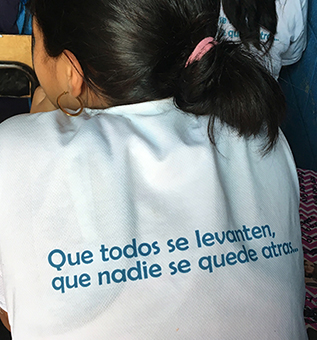
In Chimaltenango, 35 minutes away from Antigua on the Pan-American Highway, you will find Comunidad La Esperanza (CLE). Hairpin curves on a road cut into the mountains lead to the outskirts of “Chimal,” a major crossroads for trucking and construction industries and a rough, transient neighborhood. The highway is busy with cement trucks, sixteen wheelers, pickups piled high with building supplies, and almost impervious to the traffic, indigenous women in bright traditional clothing selling breakfast tortillas on the edge of the road. Chimaltenango is also the center of used car and truck sales in Guatemala, and hundreds of used cars line the dusty highway along with all sorts of auto supply, tire repair and car paint businesses. The unrelenting cement color of the buildings is brightened by cascades of fuchsia and yellow bougainvillea competing with the bright colors of the “chicken buses” transporting people to work.
At a large intersection populated with every American fast food joint imaginable we turn off for a few blocks of unpaved, dusty road leading to Comunidad la Esperanza, or “Community of Hope”. My driver drops me off at an iron, pedestrian gate, or “portón” where I enter the neighborhood and walk up the road to CLE. Later, CLE Director Hilda will tell me that they try to keep the gates closed to limit undesirable traffic into the neighborhood. My approach is quickly announced by a glimpse of the brightly colored wall mural that decorates the entrance, as well as the loud chatter of teenagers from inside the building.
I immediately notice something new since our last visit – a tall pitched corrugated metal roof over the cement patio that creates shade over the only large meeting area. The other change to this small, cement-brick building painted bright blue is a small teacher’s work room and library where the kitchen used to be. Hilda told me that they desperately needed more space, so she moved out of her house next door and rented a house — even though she now commutes 40 minutes each way – so they could use her kitchen for lunch prep as well as for the vocational training workshops on cooking and baking, and the other rooms for storage and meeting space. And speaking of cooking and baking, cooking teacher (and substitute “everything teacher”) Estella, who our GoPhil travelers will remember from our last visit, had prepared us a typical breakfast of homemade breads and plantains in mole.
Hilda and I sat in her small office and conducted our mid-year site visit meeting. After our site meeting I observed two classes – Information Technologies and Reading & Grammar. After class, I asked the school’s newest teacher, Oscar Sinaj Coti, if he would tell me about his experience at the school. Oscar lives in the neighborhood and always admired the work happening at Comunidad La Esperanza.
“I prayed for two years that they would accept me as a teacher,” Oscar remembers. “I’ve always wanted to work with kids, and I’m now studying for a teaching degree. I decided to volunteer to teach music here to get my foot in the door. Then the position to teach information technologies opened up, and Hilda gave me the opportunity. I’m a little younger than a lot of the other teachers, and I’m very good with tech. I know how important it is for our students to be good with computers not only to continue in their studies but also professionally. I like feeling that this is my little grain of support for their future.
I appreciate CLE because my sister and I studied in a similar facility on scholarship when we were kids. I know how important it was for us to be guided, to be encouraged to be curious and be a better person. We were able to make something of ourselves. I hope I am doing that for the kids at CLE.”
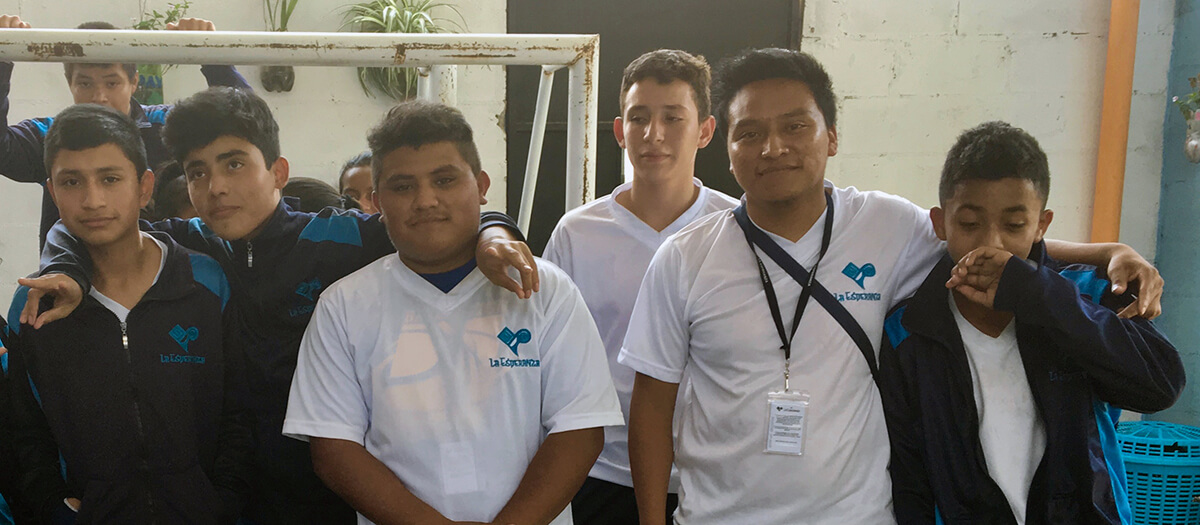
“The students are comfortable here – it’s like a second family. For some of them, it’s almost a first family given their situations at home. Sometimes they will come and talk to me, share their problems and fears. They need someone to talk to. They are adolescents and there need to be certain limits, but we are encouraged to respect them, listen to them and be as supportive as possible. I try to be a good example for the students, an example of a man trying to live a good and productive life. There are few role models for many of these kids.”
I also spoke with Byron, a joking, older teen with a ready smile. Hilda had told me a little about his story – that he had left CLE and subsequently had problems with the law, but that she accepted him back into school with strong admonishments about staying out of trouble and being successful in his studies. He is the only student with legal problems that has been accepted into CLE, but he and his brother had been students there before and she took a chance on him. Other schools in Guatemala will not readmit a student who has missed a year, but Hilda felt it was the right decision.
Byron told me that he was happy to be back at CLE. He left and went to two other schools – lasting less than two months in each.
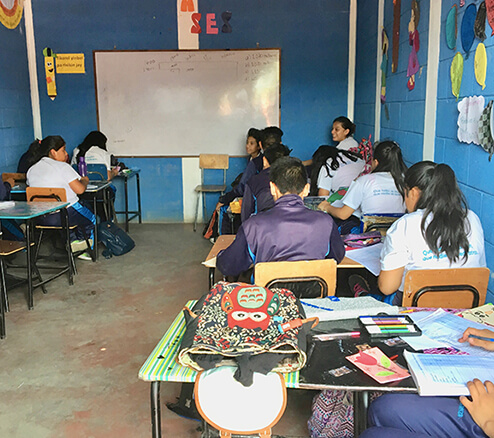
“I had fallen in with a much older crowd – 30 and 40 year-olds – who were into lots of negative things. I was arrested and then saw where I was heading. I came and talked to Dra. Hilda and asked her to take me back and let me finish my studies. She gave me a second chance. They believe in us here. They can be strict – the other schools I went to were never strict – but that’s ok. I try and tell the other guys when they talk tough that they don’t really have any idea of what life it like out there without an education, and I do. CLE is a great place for me to be. I’m so grateful for the second chance.”
My visit ended with the end of the school day and the beginning of the weekend. As the kids milled around and said goodbye to friends and teachers, a handful of them were on school clean-up duty, which rotates for all students. This responsibility is part of the CLE model that teaches not only academics but community accountability – what they call leadership – and which is expressed in a K’iche saying on the back of CLE uniforms:
